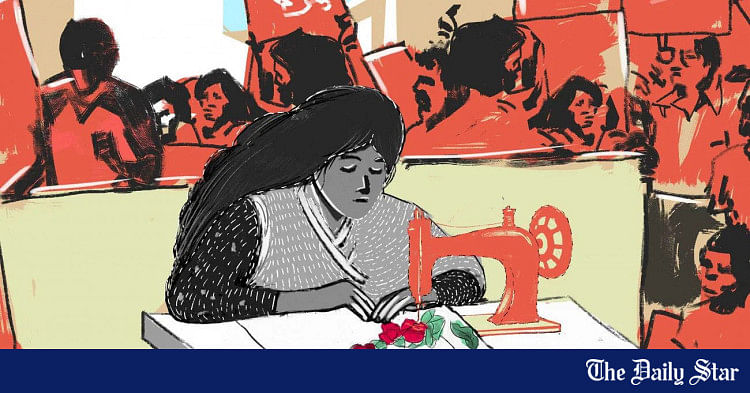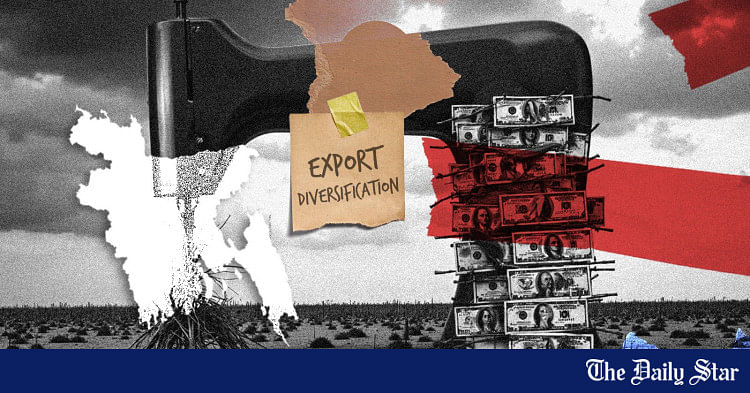- Copy to clipboard
- Thread starter
- #781
Saif
Senior Member
- Messages
- 14,106
- Reaction score
- 7,446
- Origin

- Residence

- Axis Group


Forex reserves dip below $30b after ACU payment
The country's gross foreign- exchange (forex) reserves have fallen below the $30-billion mark following the payment of $2.02 billion in import bills through the Asian Clearing Union (ACU), according to Bangladesh Bank (BB). After this significant settlement, Bangladesh's gross forex reserves stood
Forex reserves dip below $30b after ACU payment
FE REPORT
Published :
Jul 09, 2025 00:37
Updated :
Jul 09, 2025 00:37

The country's gross foreign- exchange (forex) reserves have fallen below the $30-billion mark following the payment of $2.02 billion in import bills through the Asian Clearing Union (ACU), according to Bangladesh Bank (BB).
After this significant settlement, Bangladesh's gross forex reserves stood at $29.53 billion based on BB's calculation and $24.45 billion as per the International Monetary Fund (IMF) methodology, as of 7 July 2025.
The current members of the ACU include Bangladesh, Bhutan, India, Iran, Myanmar, Nepal, Pakistan, Sri Lanka, and the Maldives. However, Sri Lanka withdrew from the union in October 2022 due to its own reserve crisis.
Under the ACU mechanism, member countries settle their import-export payment obligations every two months.
FE REPORT
Published :
Jul 09, 2025 00:37
Updated :
Jul 09, 2025 00:37
The country's gross foreign- exchange (forex) reserves have fallen below the $30-billion mark following the payment of $2.02 billion in import bills through the Asian Clearing Union (ACU), according to Bangladesh Bank (BB).
After this significant settlement, Bangladesh's gross forex reserves stood at $29.53 billion based on BB's calculation and $24.45 billion as per the International Monetary Fund (IMF) methodology, as of 7 July 2025.
The current members of the ACU include Bangladesh, Bhutan, India, Iran, Myanmar, Nepal, Pakistan, Sri Lanka, and the Maldives. However, Sri Lanka withdrew from the union in October 2022 due to its own reserve crisis.
Under the ACU mechanism, member countries settle their import-export payment obligations every two months.





